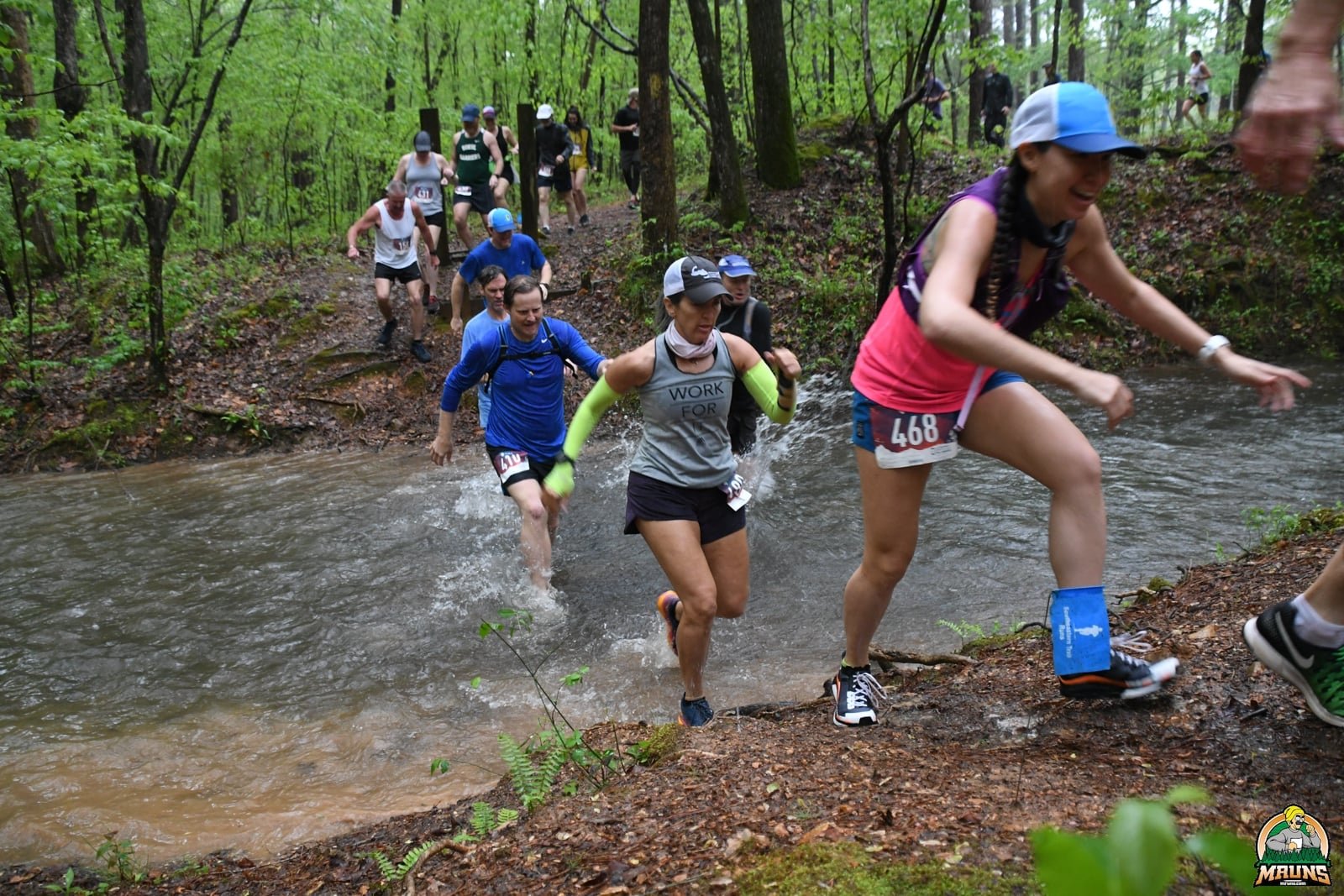Trail running is not just another form of running; it is a lifestyle, a communion with nature, and an escape from the monotony of urban life. For those who have experienced the thrill of running on rugged trails, it is easy to understand why so many people find it so addictive. But for those who haven’t yet tried it, the allure may seem elusive. What is it about trail running that makes it so captivating? In this article, we will explore the unique elements of trail running that make it not only an exhilarating workout but also an activity that can hook runners and keep them coming back for more. We’ll examine the physical, mental, and emotional benefits of this sport, as well as the sense of community and the deep connection with nature that it fosters.
1. The Natural High: A Unique Physical Challenge
Trail running presents a significantly different physical challenge than road running. Unlike the smooth, predictable surfaces of paved roads, trail running involves navigating varied terrain—rocky paths, steep inclines, muddy tracks, and sometimes even technical obstacles like tree roots and streams. These challenges force your body to adapt constantly, improving balance, strength, and agility.
Muscle Engagement
One of the most obvious ways trail running differs from road running is in muscle engagement. Because the terrain is unpredictable, trail runners must engage more stabilizing muscles in the legs, core, and even upper body to stay upright and move efficiently. Running uphill requires additional strength, while descending challenges the quads and glutes. Over time, this leads to stronger and more resilient muscles, which is part of the reason why many trail runners find themselves addicted to the sport—there’s always room for growth and improvement.
Heart and Lungs
The varying terrain also means that your cardiovascular system is under constant strain. Steep climbs raise your heart rate, while the more technical sections demand focus and concentration. The diversity of the terrain keeps your body guessing, which can result in improved cardiovascular fitness more quickly than running on the flat, predictable roads.
2. Mental Escape and Flow State
Trail running is not just a physical endeavor—it’s a mental one as well. The need to stay focused on the uneven trail ahead can help clear the mind of stress and distractions. Many trail runners report experiencing a “flow state,” where they lose track of time and become fully immersed in the moment.

A Mental Break from Everyday Life
In our busy, technology-driven world, people are increasingly looking for ways to disconnect from the noise and constant notifications. Trail running offers a reprieve from this digital chaos. When you’re on the trail, you’re not thinking about emails, deadlines, or social media updates. Your focus is on the trail in front of you, the sound of your breath, the rhythm of your steps, and the beauty of the natural world around you.
The Flow State
The concept of “flow” was first introduced by psychologist Mihaly Csikszentmihalyi, who described it as a mental state where a person is fully immersed in an activity, feeling energized, focused, and at their most creative. Trail running is a perfect example of an activity that can induce this state. The combination of the physical exertion and mental focus needed to navigate uneven terrain often brings about a deep sense of satisfaction and joy. When in flow, time seems to slow down, and runners often find themselves lost in the experience, not counting the miles or looking at the watch.
3. Connection to Nature
Perhaps one of the most powerful reasons why trail running is so addictive is the connection it fosters with nature. In today’s fast-paced world, many people live in urban environments where nature feels distant. Trail running offers an escape into forests, mountains, valleys, deserts, and coastlines—places that are often off the beaten path and inaccessible to most people.
Immersion in Scenic Environments
There’s a saying among trail runners: “You can’t beat the view.” And it’s true. Unlike road running, which often takes place in urban or suburban settings, trail runners are rewarded with ever-changing, breathtaking landscapes. Whether it’s running through dense forests with dappled sunlight filtering through the trees, across rolling hills with panoramic views, or along rugged coastlines with crashing waves below, the scenery can be just as invigorating as the run itself.
The Healing Power of Nature
Studies have shown that spending time in nature has significant mental health benefits, including reducing stress, lowering blood pressure, and enhancing mood. Trail running amplifies these benefits, as it combines the physical benefits of exercise with the therapeutic effects of being outdoors. For many runners, the emotional boost they get from immersing themselves in nature is one of the key reasons why they return to the trails again and again.
4. The Social Aspect and Community
While trail running is often seen as a solo activity, there is also a vibrant and supportive community of runners who share a passion for the sport. The trail running community is known for its inclusivity, where runners of all levels—from beginners to elite athletes—come together to celebrate their shared love for the trails.
Shared Experiences
One of the unique aspects of trail running is the camaraderie that comes from shared experiences on the trails. Whether it’s struggling up a steep hill, conquering a technical descent, or overcoming fatigue to finish a long run, these challenges often create bonds between runners. Many trail runners enjoy participating in organized races, from local 5Ks to ultra-marathons, where they can meet like-minded individuals and share their passion for the sport.

Social Media and Online Communities
In recent years, social media platforms have allowed trail runners to connect with others from around the world. There are online communities, blogs, and Instagram accounts dedicated to trail running, where runners can share their favorite routes, racing experiences, and motivation. This sense of community helps keep runners inspired and adds an extra layer of enjoyment to the sport.
5. The Thrill of Exploration
Trail running offers a sense of exploration and discovery that is often missing from road running. When you lace up your shoes and head out onto a trail, you’re never quite sure what you’ll encounter—whether it’s a new wildlife encounter, an unexpected view, or a challenging section of terrain that will test your limits.
New Challenges and Adventure
Every trail offers new opportunities for adventure. Whether you’re running through a remote forest or across a mountain range, trail running offers the excitement of exploring new environments. For some runners, the desire to discover new places is a key part of the addiction. Trail running offers a never-ending series of challenges and rewards, and each run feels like an adventure waiting to unfold.
Overcoming Obstacles
In addition to the physical and mental challenges of trail running, there’s an inherent sense of accomplishment that comes with overcoming the obstacles presented by nature. Running up a steep incline, navigating through technical rocky sections, or conquering a long, strenuous trail can provide a deep sense of satisfaction. The trail is always changing, which means that there is always something new to challenge you and keep you motivated.
6. Physical Benefits Beyond the Trail
The physical benefits of trail running extend beyond just the improved fitness and stronger muscles. Over time, trail runners report better posture, improved coordination, and fewer injuries than their road-running counterparts. This is partly due to the variety in terrain, which reduces the repetitive stress on the body.
Injury Prevention
The uneven surfaces of trail running engage muscles that are often neglected during road running, which can lead to a more balanced and injury-resistant body. Trail runners are less likely to develop the overuse injuries that often plague road runners, such as shin splints, IT band syndrome, and stress fractures.
Building Mental Toughness
Trail running can also help build mental toughness. Navigating challenging terrain, dealing with fatigue, and staying focused during difficult sections of the run all contribute to the development of mental resilience. This mental strength often carries over into other areas of life, helping runners become more confident and capable in the face of adversity.
Conclusion: Why Trail Running Becomes Addictive
At its core, trail running offers a combination of physical challenges, mental rewards, and emotional fulfillment that is hard to replicate in other forms of exercise. From the strength-building muscle engagement to the sense of peace and focus that comes with immersing yourself in nature, trail running taps into a deep well of human needs: the need for adventure, the need for fitness, the need for connection, and the need for escape.
The addiction to trail running is not just about the act of running itself, but about the journey it takes you on—both physically and mentally. Whether you’re after a mental escape, a physical challenge, or a connection to nature, trail running delivers in spades. And for those who have experienced the joy of running through the wilderness, it’s no wonder they keep coming back, time and time again.























